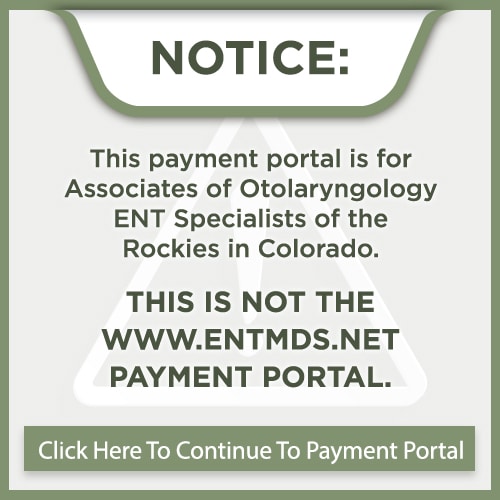Your Guide to Understanding Nasal Obstruction

Nasal obstruction causes the nasal passages to be obstructed or blocked. This condition can significantly impact your quality of life, from interfering with sleep to hindering daily activities and more. If you are tired of not being able to breathe easily through your nose, you may require professional treatment. Read on to learn more about nasal obstruction, its causes, symptoms, and what you can do about this condition.
What Causes Nasal Obstruction?
Nasal obstruction can be caused by various underlying conditions. One common cause is structural abnormalities, such as a deviated septum, nasal polyps, or enlarged turbinates. Allergic rhinitis is another common cause, with allergic reactions to dust mites, pet dander, and pollen leading to inflammation and swelling within the nose. Chronic sinusitis, or frequent sinus infections, can also cause long-term inflammation and blockage within the nasal passages. Ultimately, a consultation with a skilled ENT doctor is needed to best determine the cause of your nasal obstruction,
Symptoms of Nasal Obstruction
While the symptoms of nasal obstruction may vary depending on the underlying cause, common signs may include:
- A “nasally” voice.
- Nasal drainage.
- Recurrent sinus infections.
- Frequent mouth breathing.
- Snoring or sleep disturbances.
What are the Treatment Options for Nasal Obstruction?
When it comes to treatment for nasal obstruction, non-surgical options are often the first-line of treatment. Medications such as nasal steroids can reduce inflammation and swelling within the nasal passages, while antihistamines may be effective in managing allergic rhinitis symptoms. Decongestants may also provide short-term relief, and saline sprays can keep the nasal passages clear and moist.
For individuals who do not respond to these first-line options, minimally invasive procedures may be recommended. Balloon sinuplasty may be done to open blocked sinus passageways and improve airflow, while endoscopic sinus surgery may remove blockages or correct structural issues without external incisions.
For those with more advanced structural abnormalities, more advanced surgical options may be required. Septoplasty is a procedure to correct a deviated septum, while turbinate reduction reduces the size of enlarged turbinates. Polypectomy is done to remove nasal polyps, which can cause blockages.
When Should I see an ENT Specialist?
If you are experiencing persistent and/or uncomfortable nasal obstruction that does not improve with over-the-counter treatment options, you may benefit from seeing an ear, nose, and throat (ENT) specialist. At AOO | ENT Specialists of the Rockies, our ENT doctors can perform a thorough medical examination to determine the cause of your nasal obstruction and create a personalized treatment plan for you.
Take the First Step Toward Breathing Easier Today
To learn more or to schedule a consultation, please contact AOO | ENT Specialists of the Rockies today. We are proud to serve Denver, Lone Tree, Castle Rock, and beyond.
Jeffrey L. Cutler, M.D.
Dr. Jeffrey Cutler is board-certified with the American Board of Otolaryngology and received his medical degree at Tulane University Medical School in New Orleans. He performed his residency at Vanderbilt University Medical Center in Nashville. In addition, he completed a 1 year fellowship in nasal and endoscopic sinus surgery. His area of expertise includes the medical and surgical treatment of complicated sinus and skull base diseases. Dr. Cutler has published many articles on office based nasal and sinus procedures - particularly on balloon sinus and Eustachian tube dilation When not at the office, he enjoys spending time outdoors with his family, skiing and cycling.





